Bretagne I
May. 31st, 2019 09:42 pmI didn‘t have the chance to upload and post properly until now; the last few days have seen me on my feet most of the time. So there will be two posts in one evening. First, some prehistory and an adorable town.

Brittany, to state the obvious, is quite different from Anjou and the Loire valley, but just as beautiful. We caught some cloudy days before the sun returned with a vengeance, so let me start with those. Naturally, we visited Carnac, aka where 5000 years old monoliths went to dance for eternity. I had seen pictures, but in no way was I prepared for the sheer size of the place.
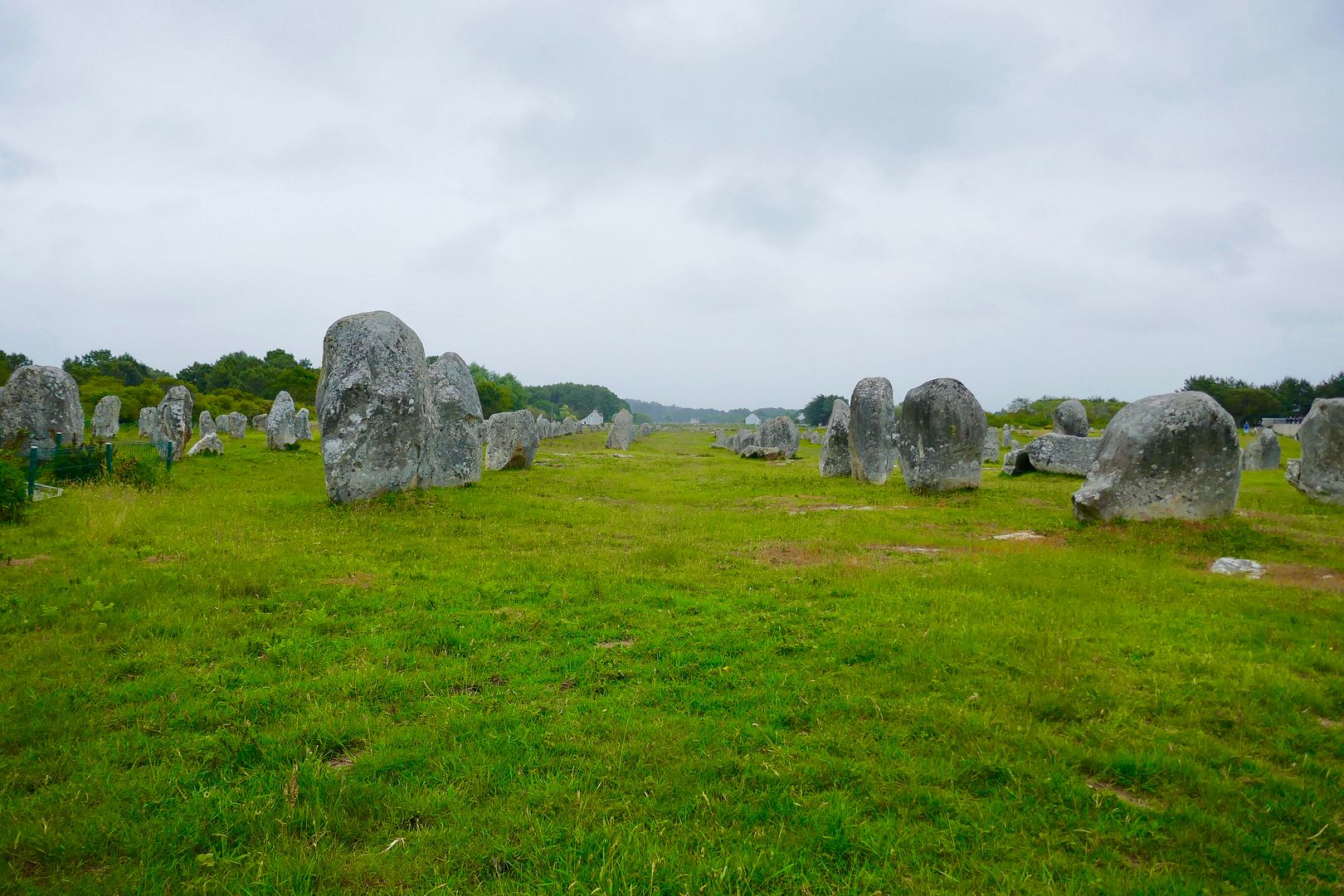
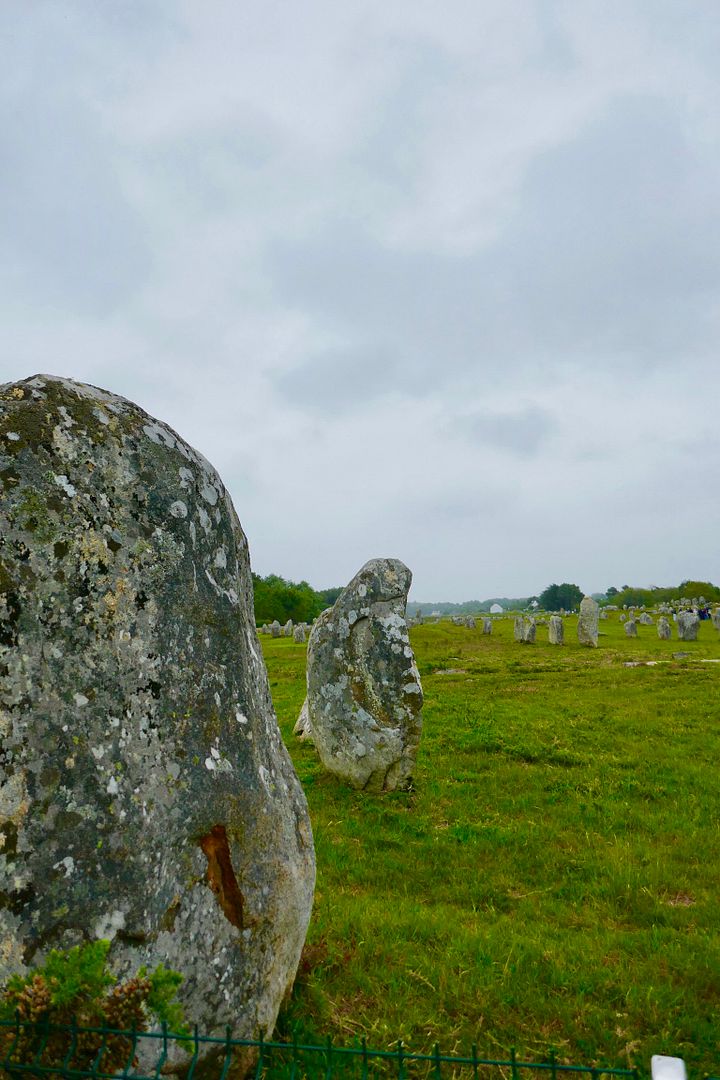
Those were photos from Le Menec. Even the smaller sites, like Kercado, look like this:
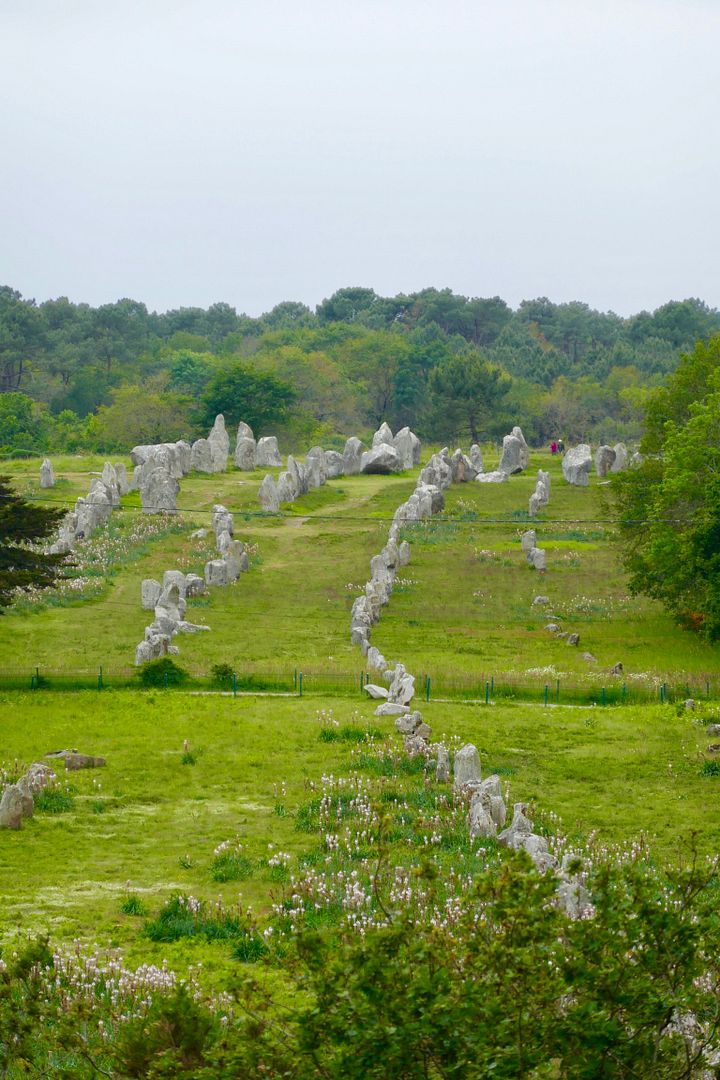
Back to Le Menec.
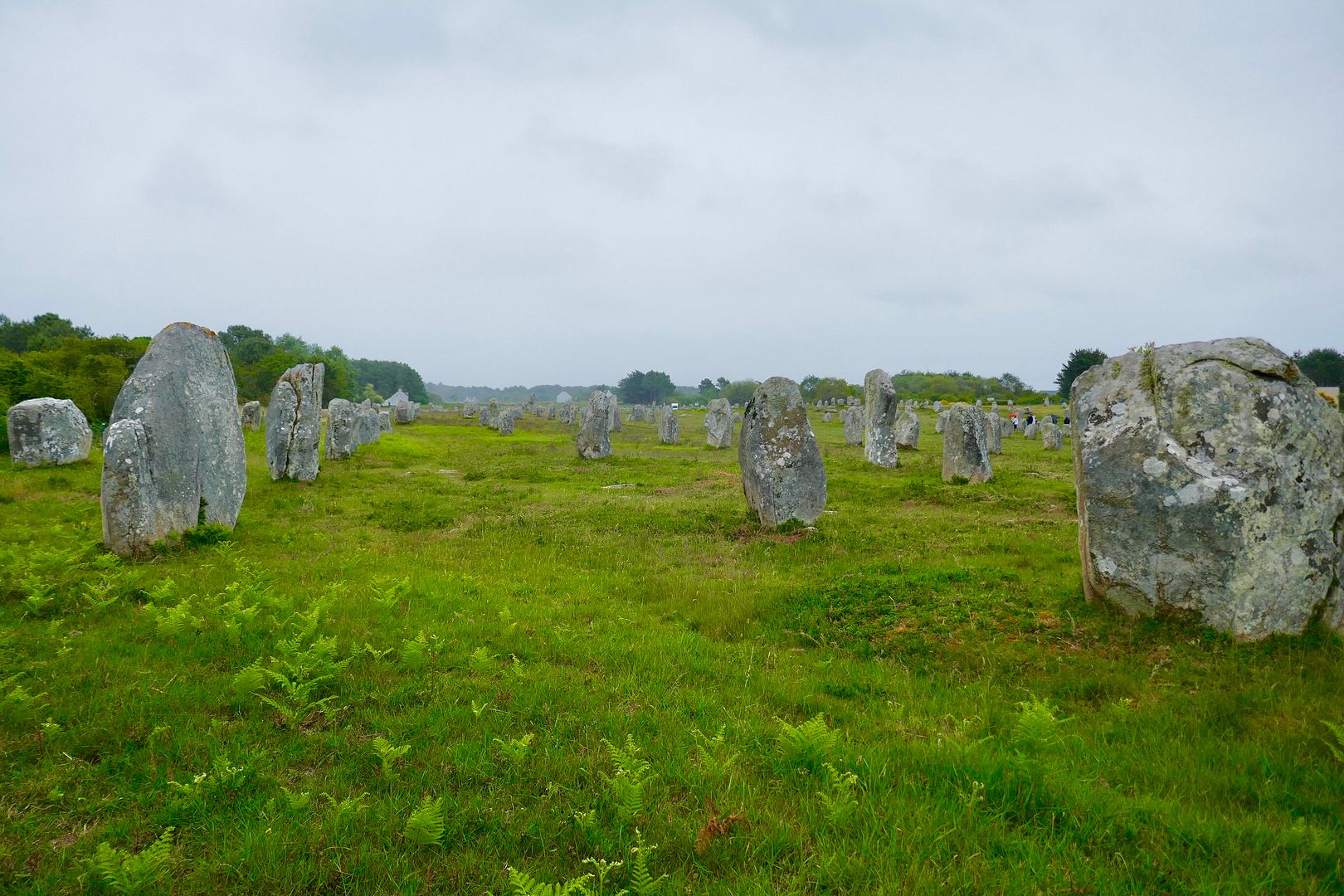
It consists of 1050 stones ordered around a length of 950 metres.
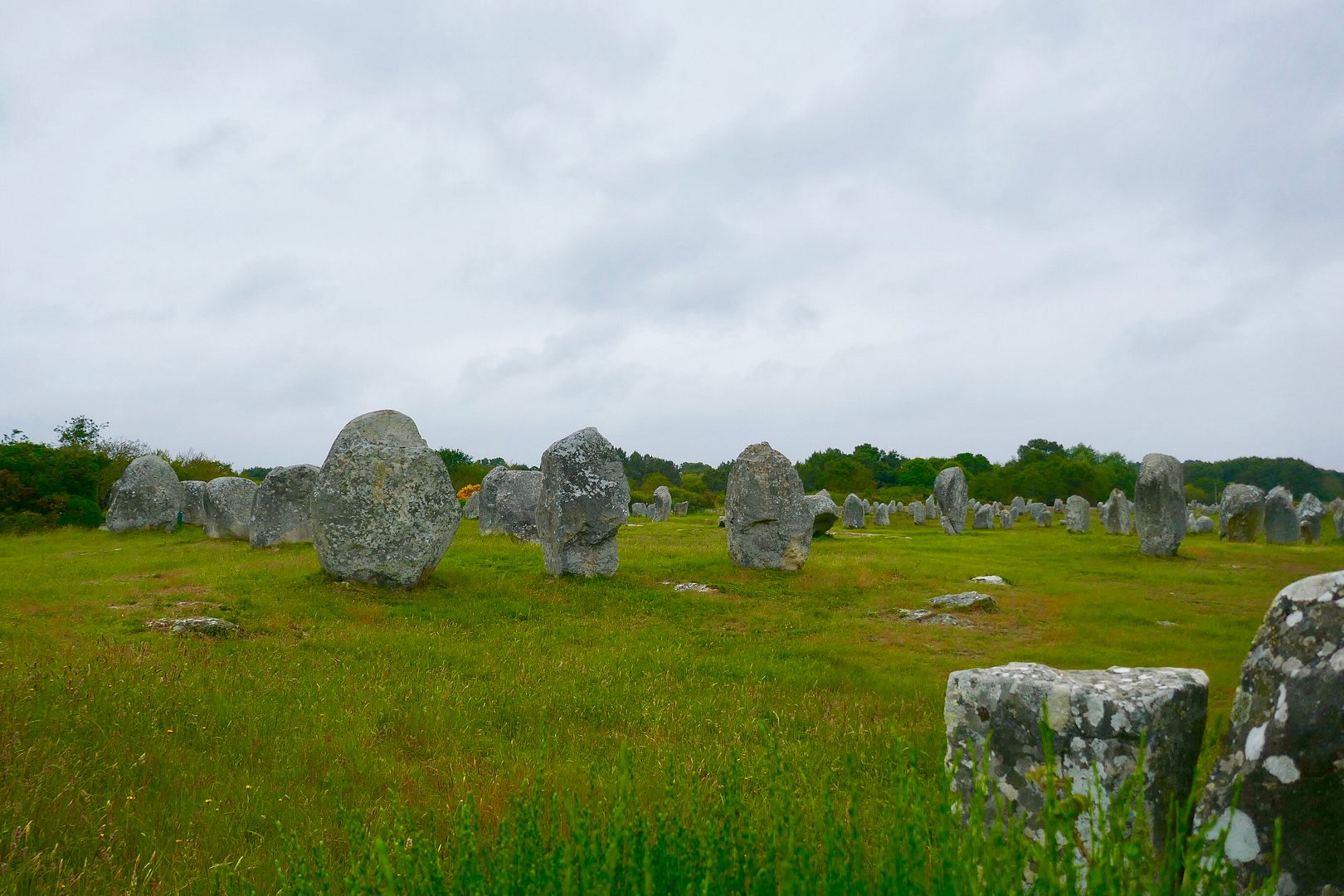

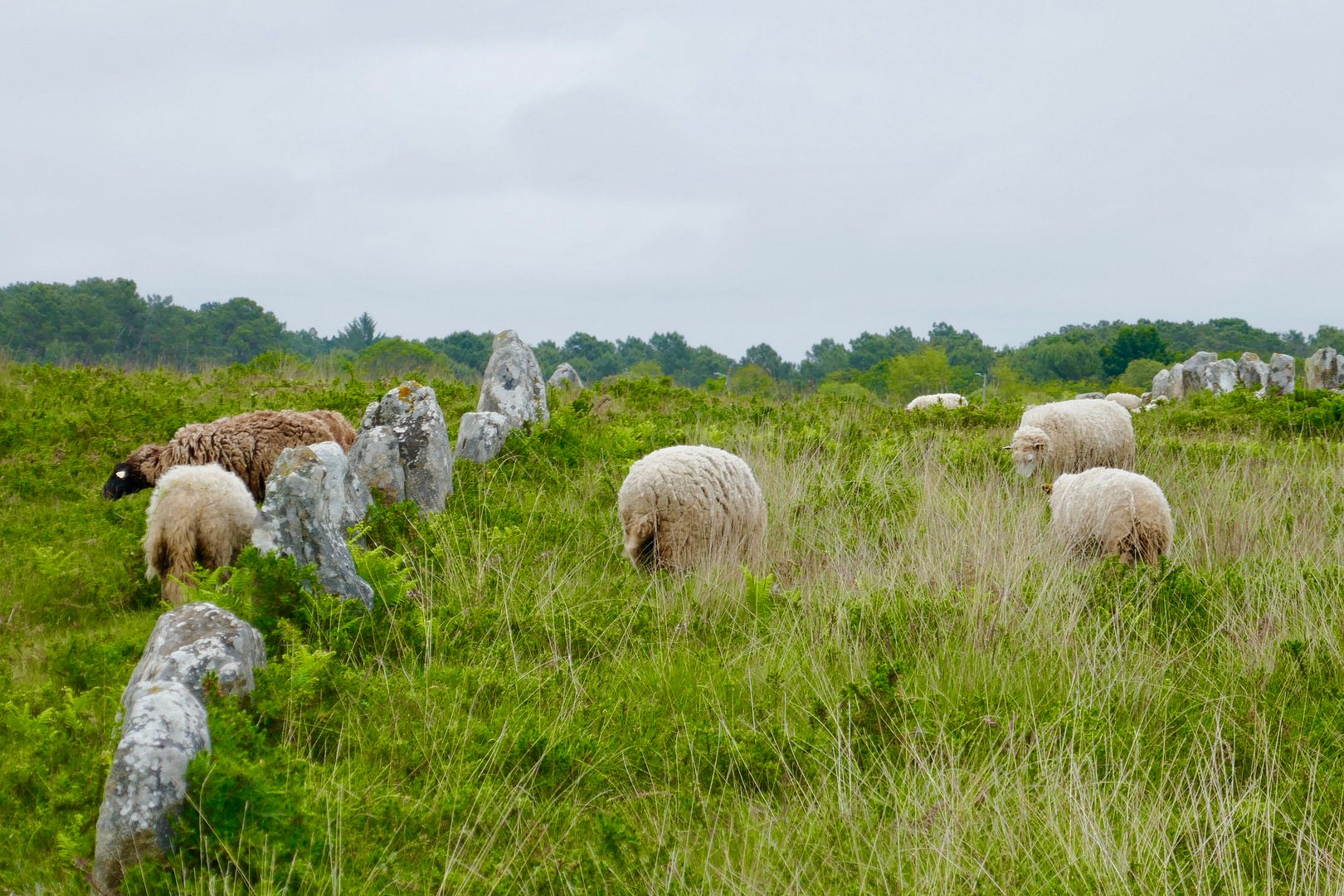
Those sheep come in handy to give you an idea just how huge the stones are, as with this lot in Kermario:
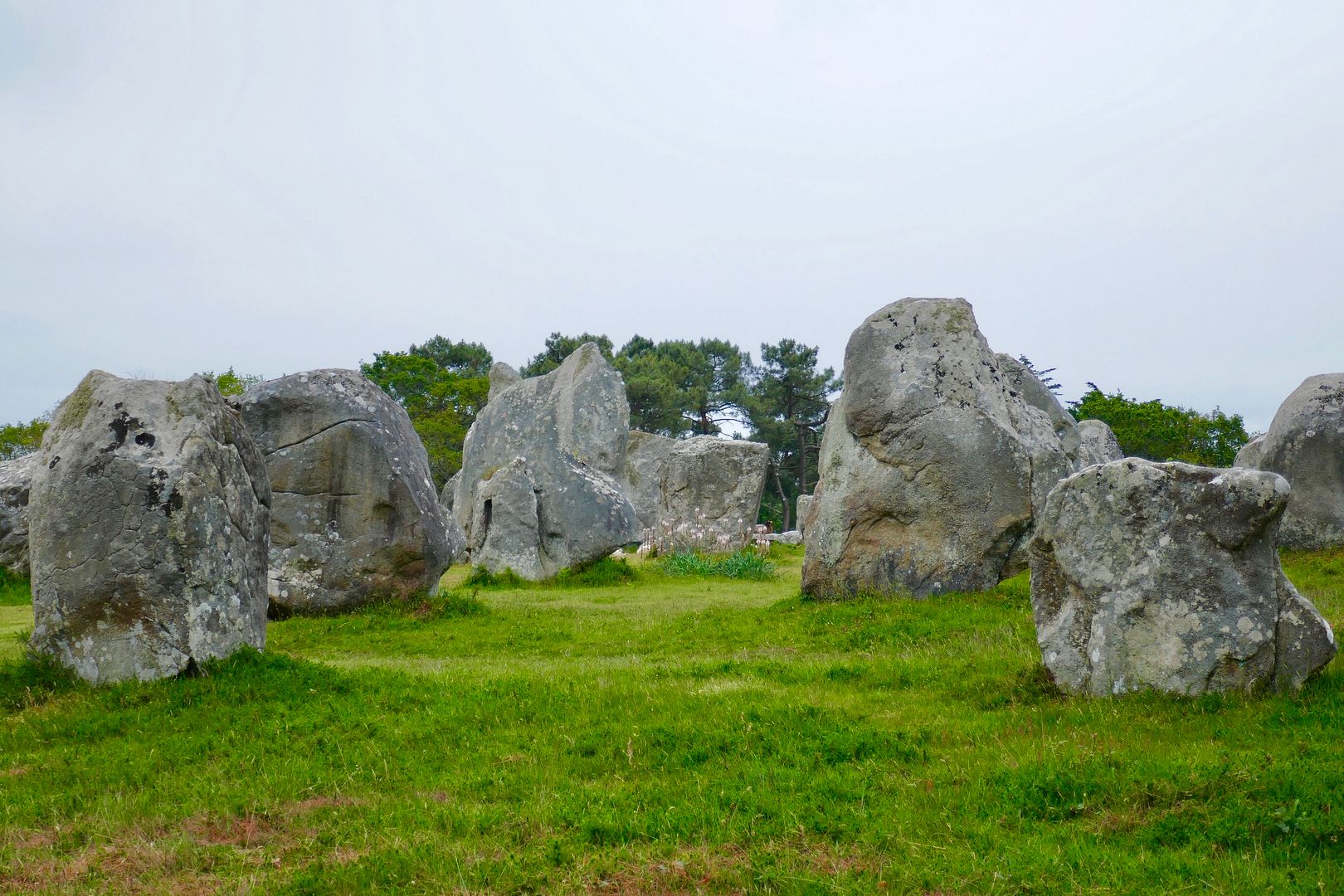
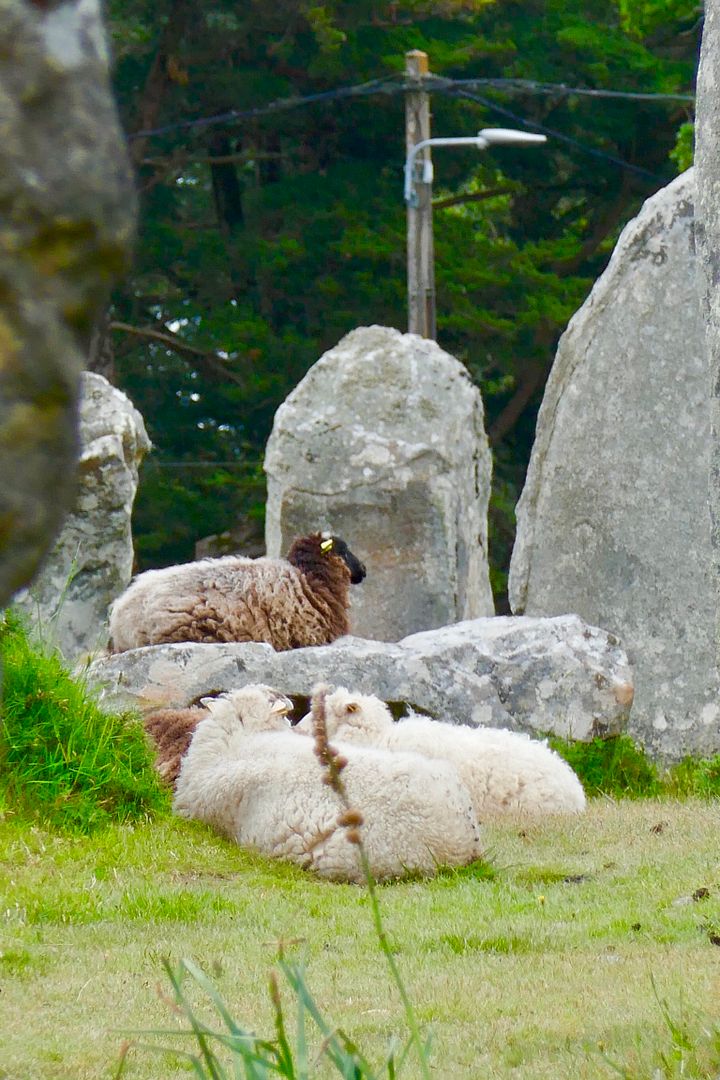

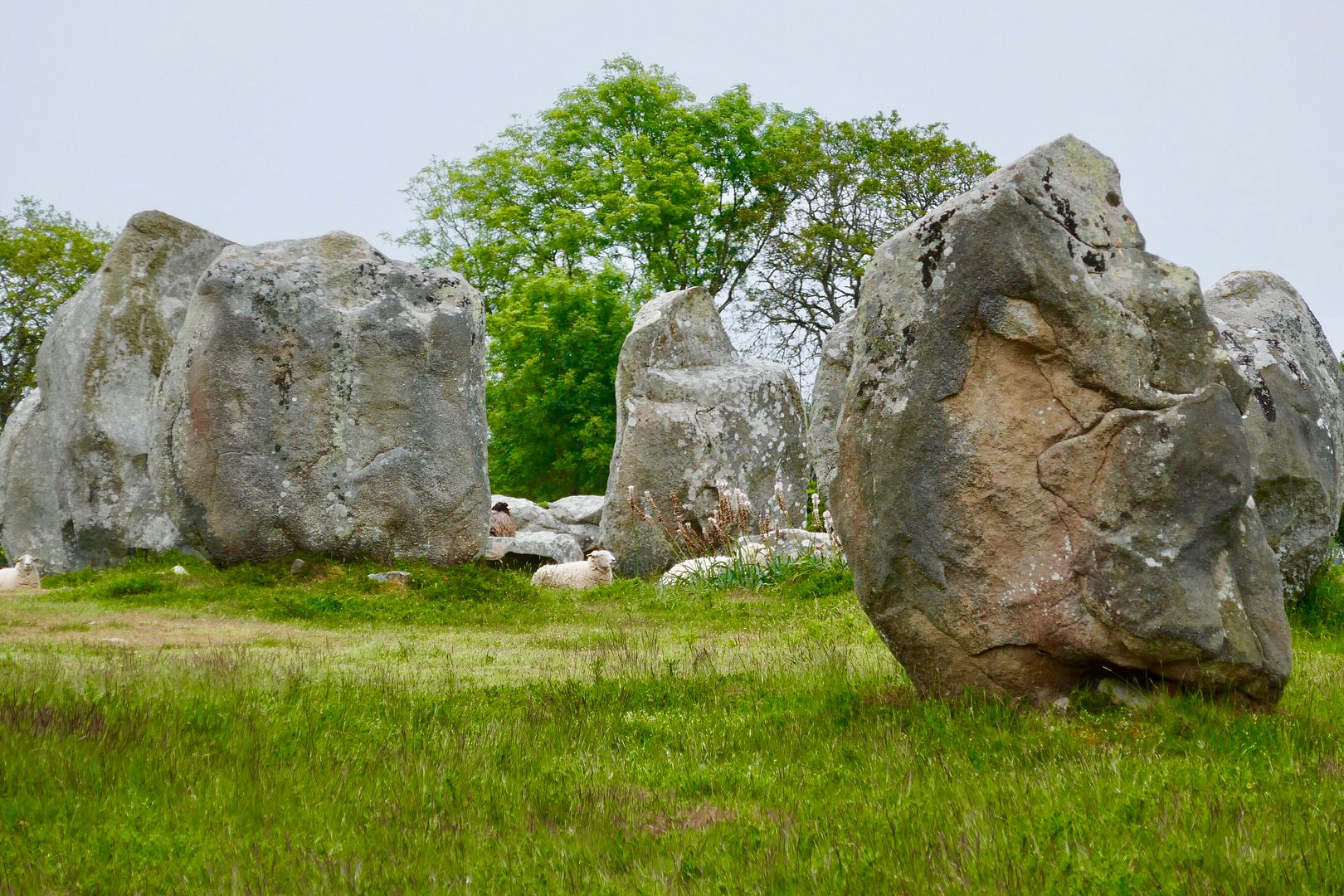

And this is the site of Kerlescan:

Then there are the cairns, dolmen and tumuli. This is the Cairn of Kercado:
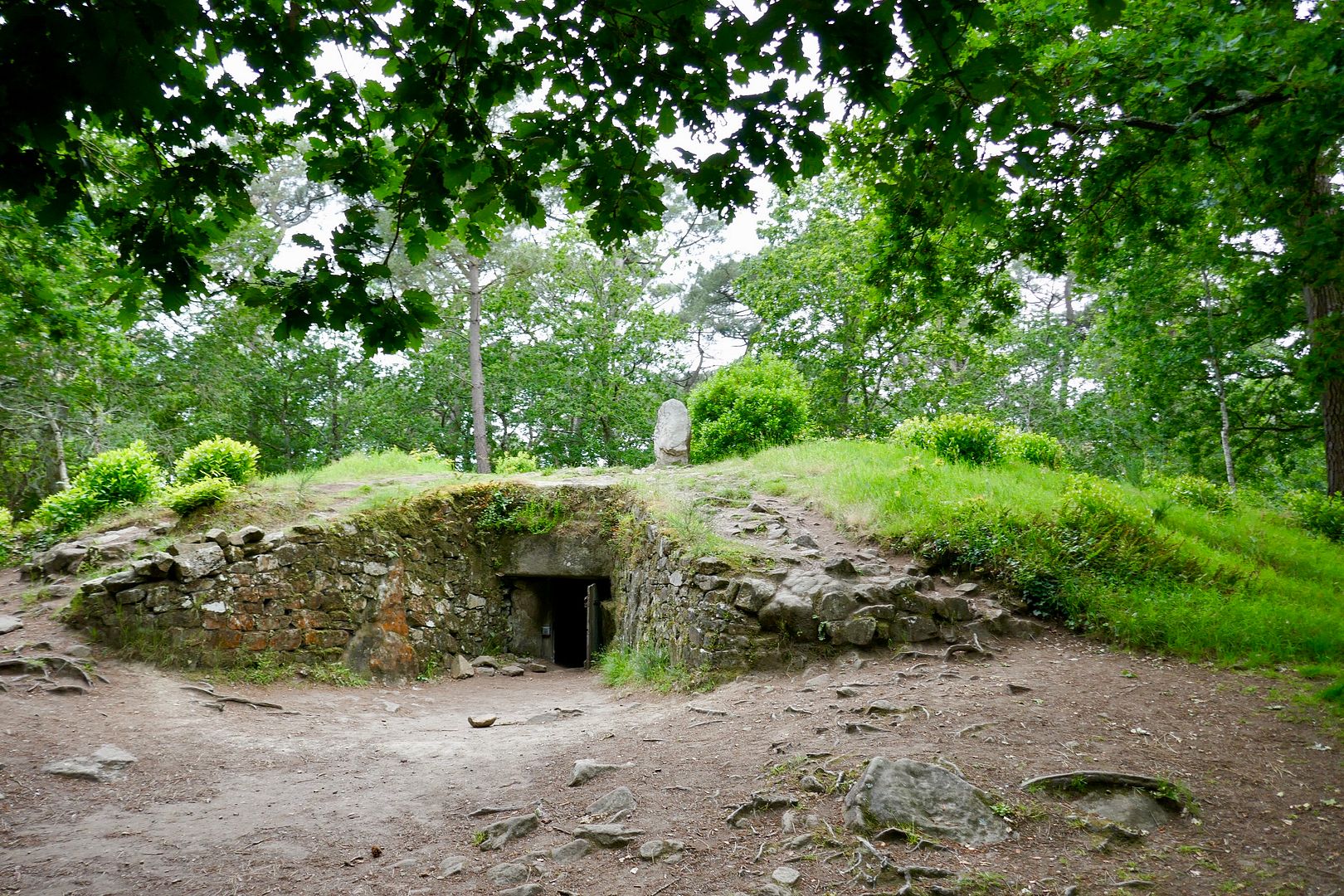
The Tumulus of St. Michel, so named because of the chapel built on it. It used to be open to the public, but no more.
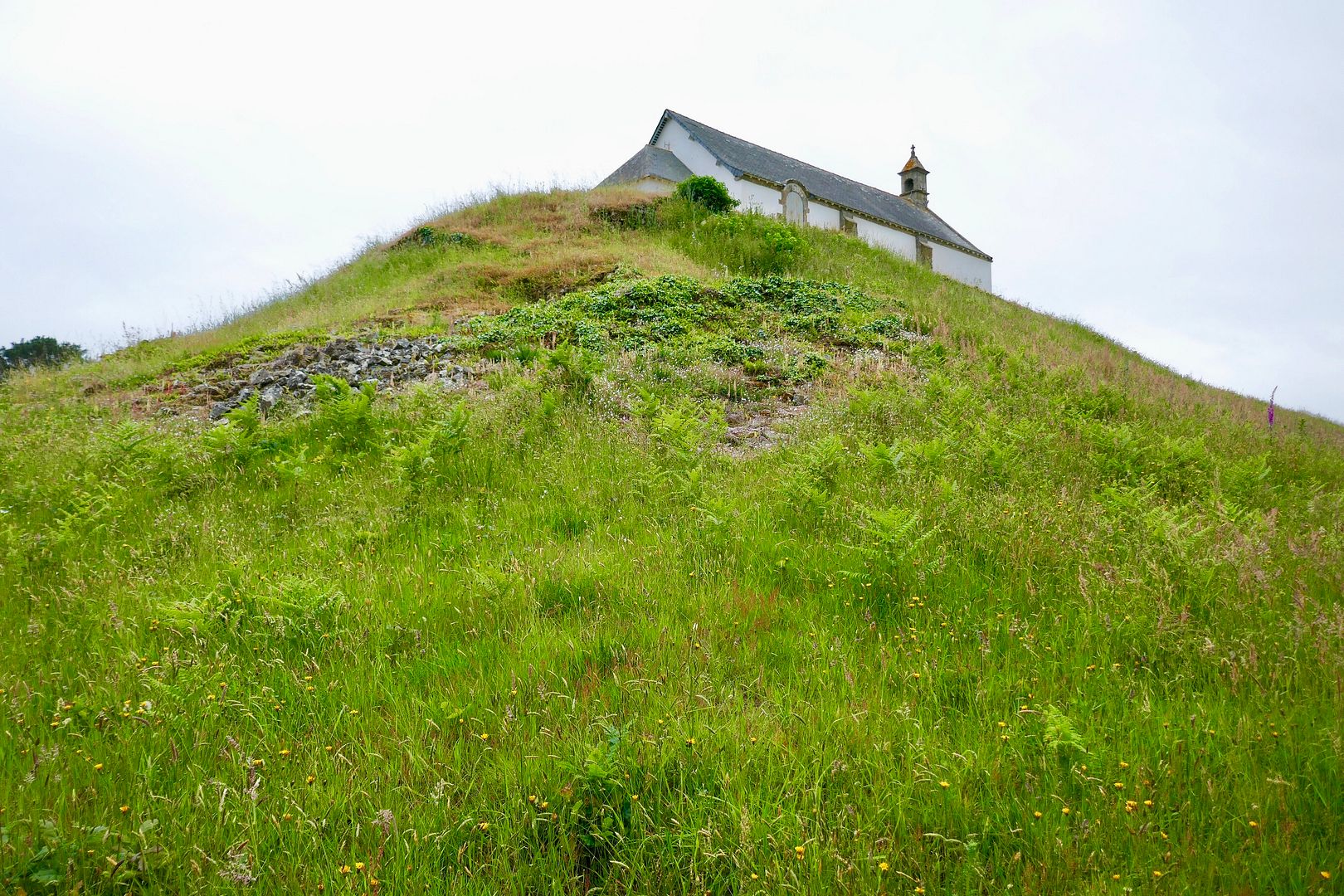
Whereas the tumulus and cairn of Locmariaquer are open to the public, together with the remains of the Grand Menhir, a menhir which was originally 18,5 metres when set up, in total more than 20 metres. It was erected around 4500 BC along with 18 additional Menhirs, but that row of Menhirs was destroyed around 4300 BC. No one knows whether this happened due to natural causes, or was done articially. You have to consider that menhir weighs 280 tons. The material from the additional menhirs, btw, was used for the dolmen „Table des Marchand“, as you‘ll see in a moment. First, the complete site:
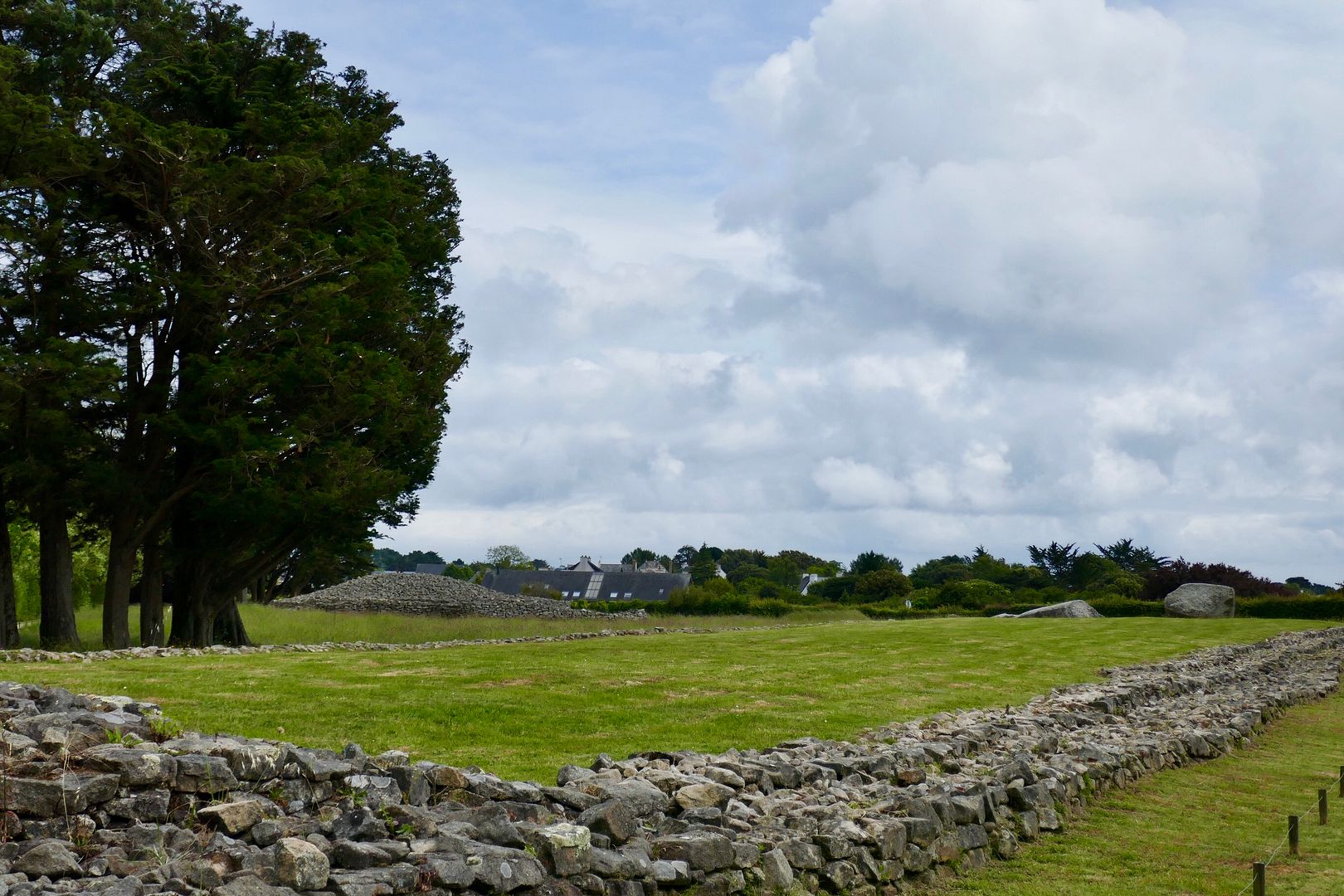
The Dolmen from the outside:
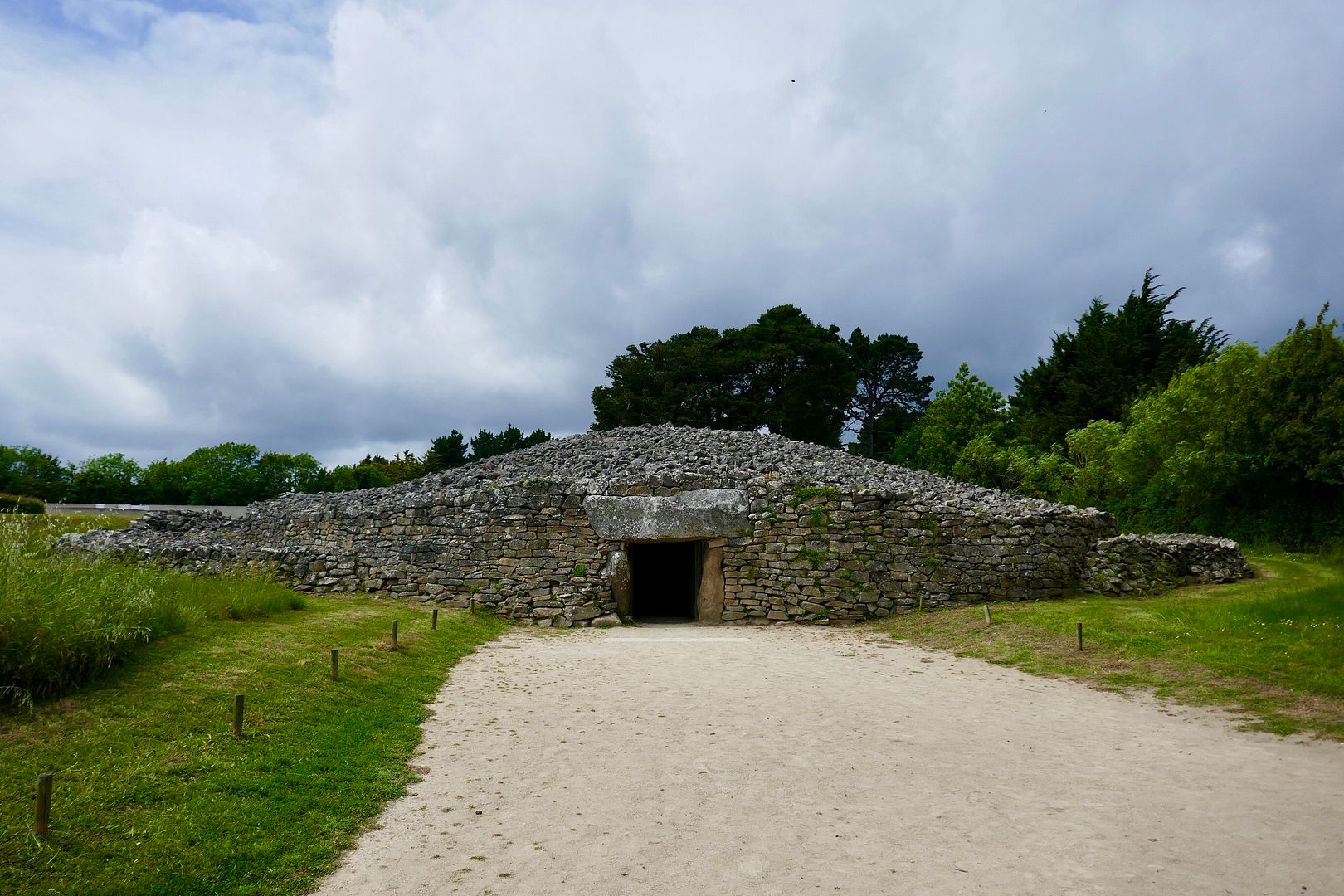
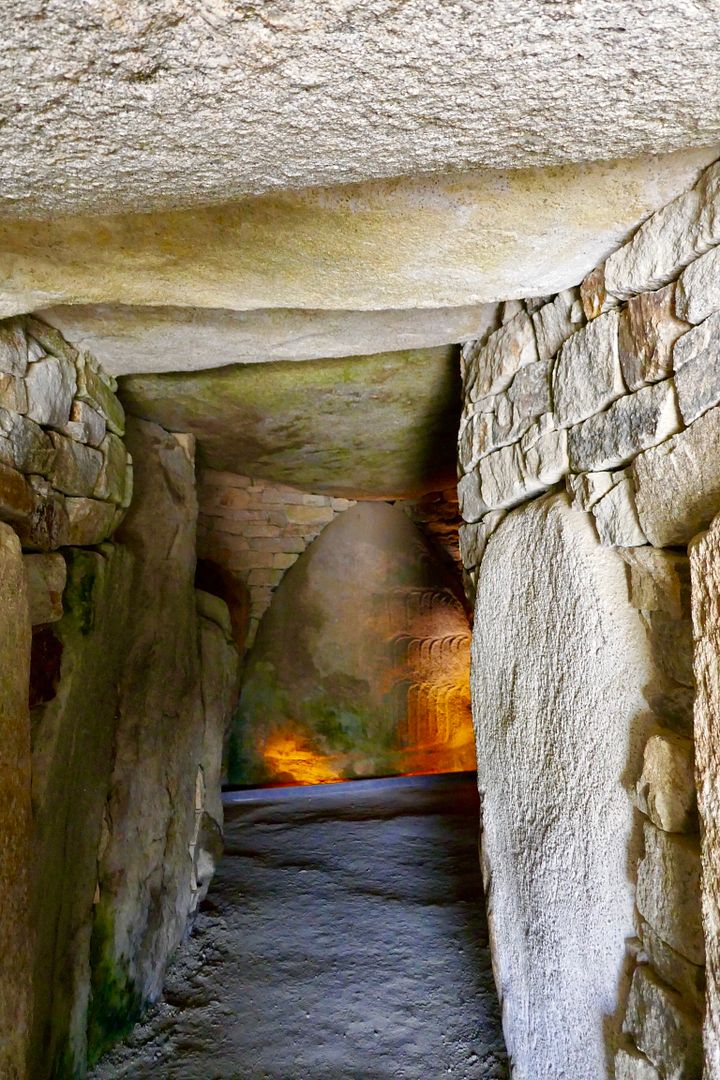
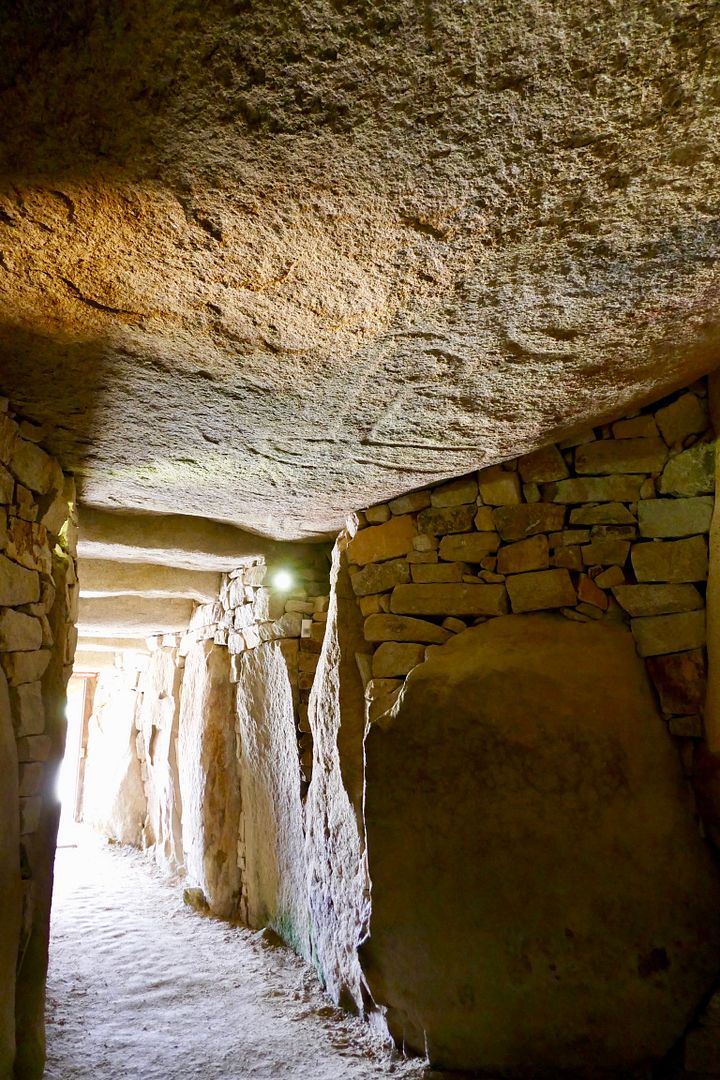
The gigantic Menhir:
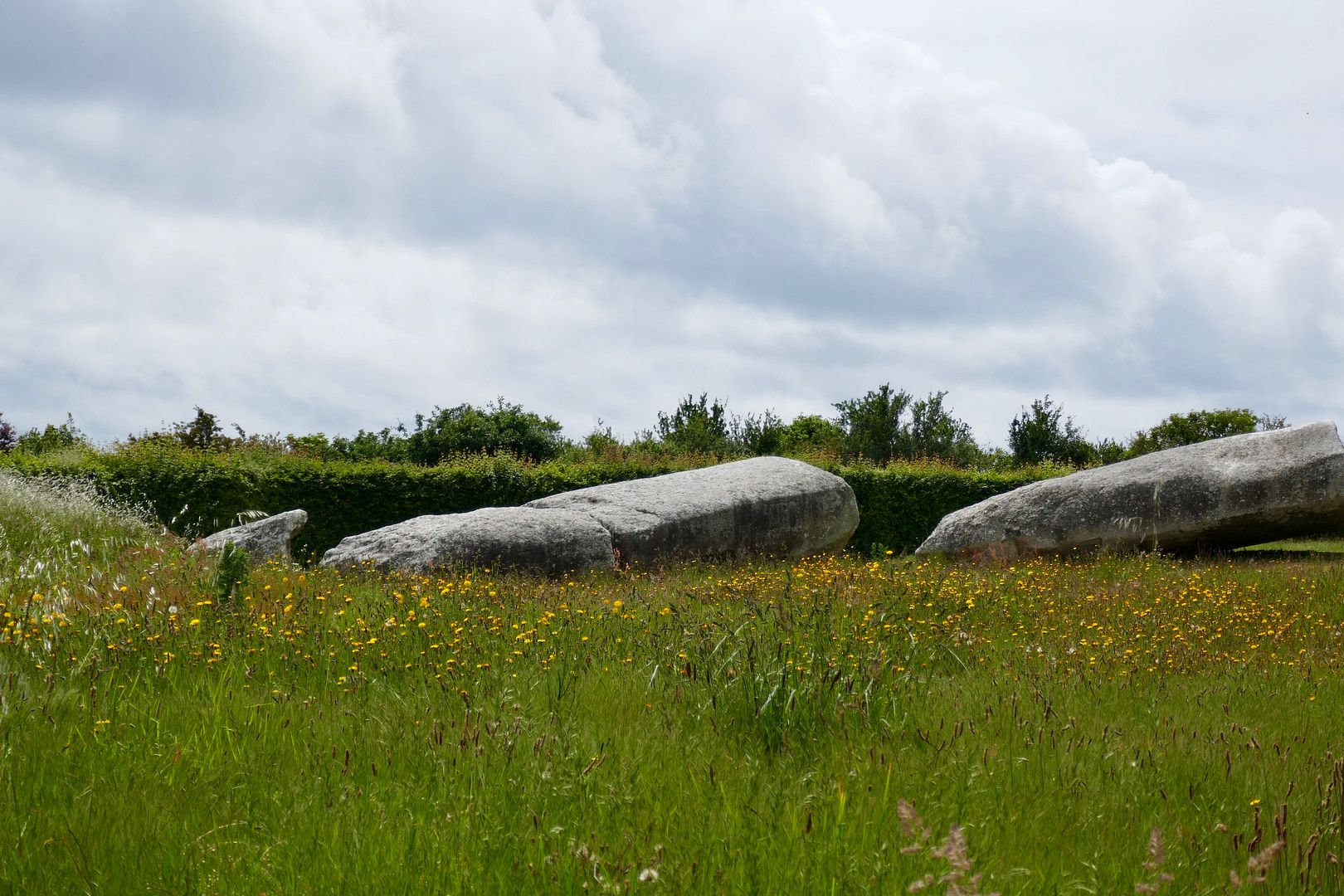
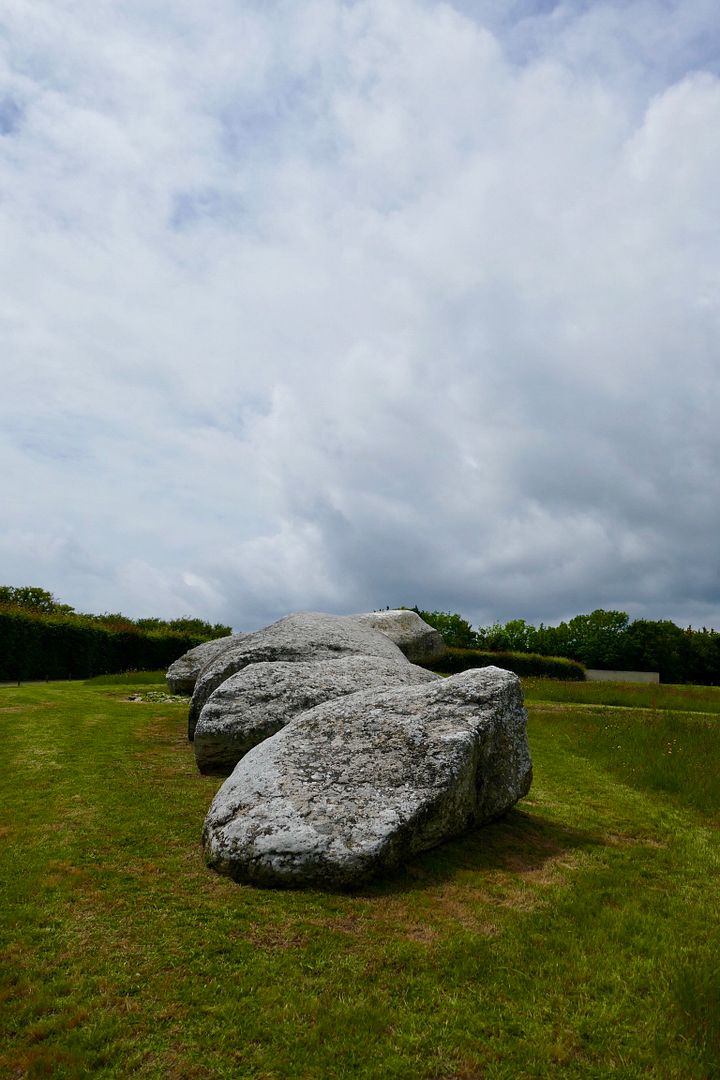
And for a size comparison:
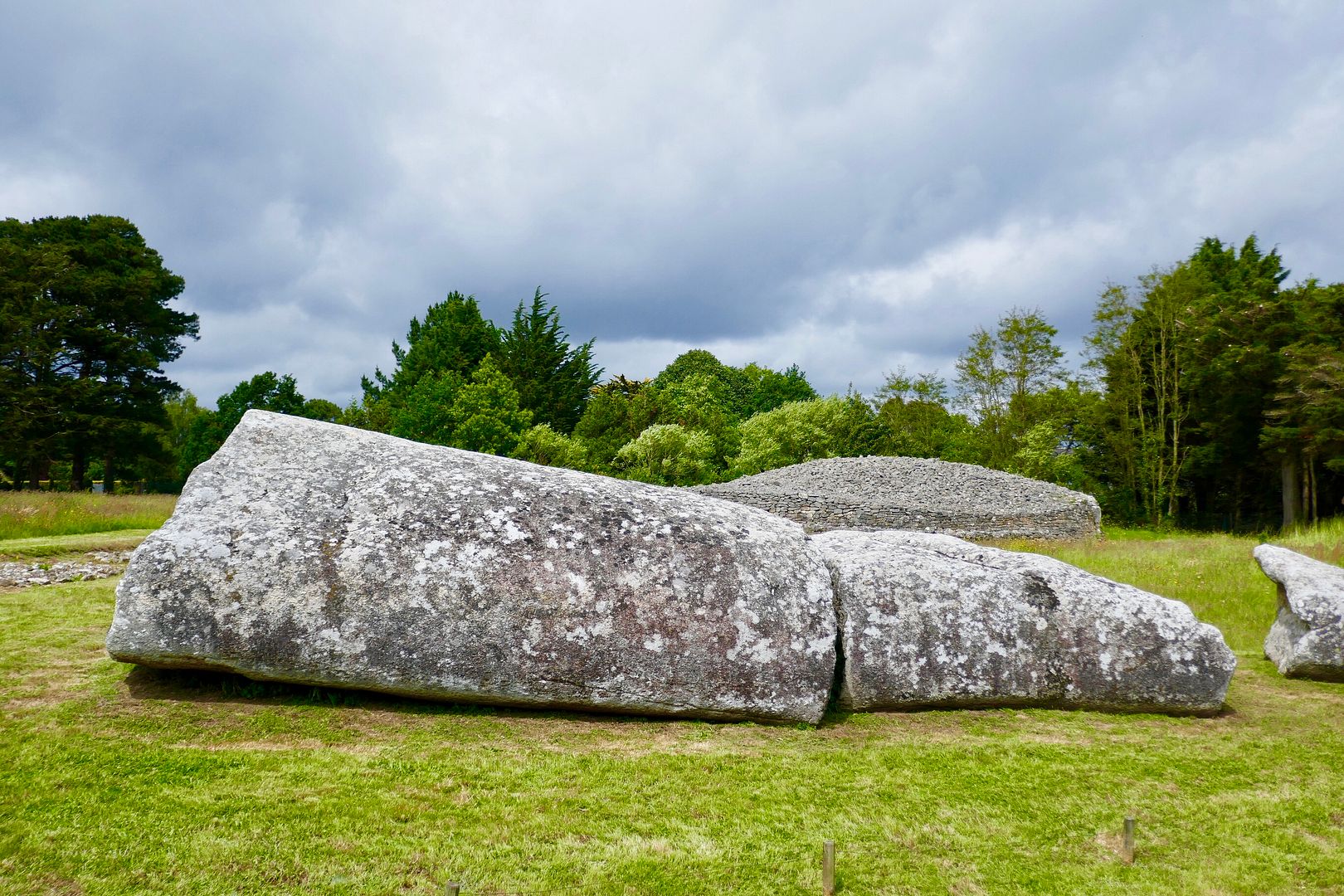
Now, out of the millennia old remains and onto new age stuff, i.e. stuff from a measly few centuries ago and the current day. Every now and then, you see salt marshes and salt fields still in Britanny, like this one:
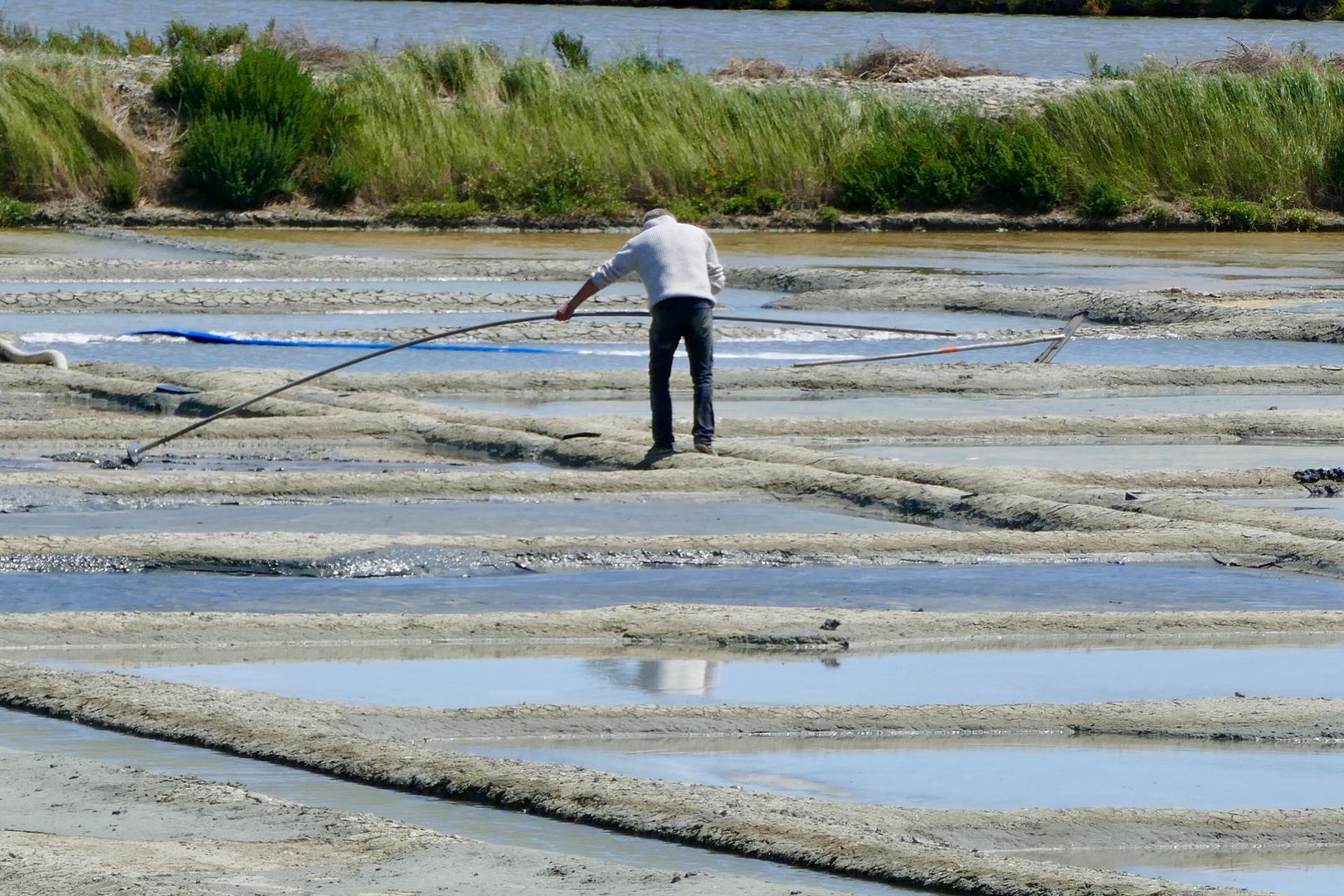
And you see so many small harbors in every bay, and every one of those harbors is filled with boats. The APs and I concluded every Breton must have a boat of their own. There aren‘t nearly enough tourists in the world to exlain this.
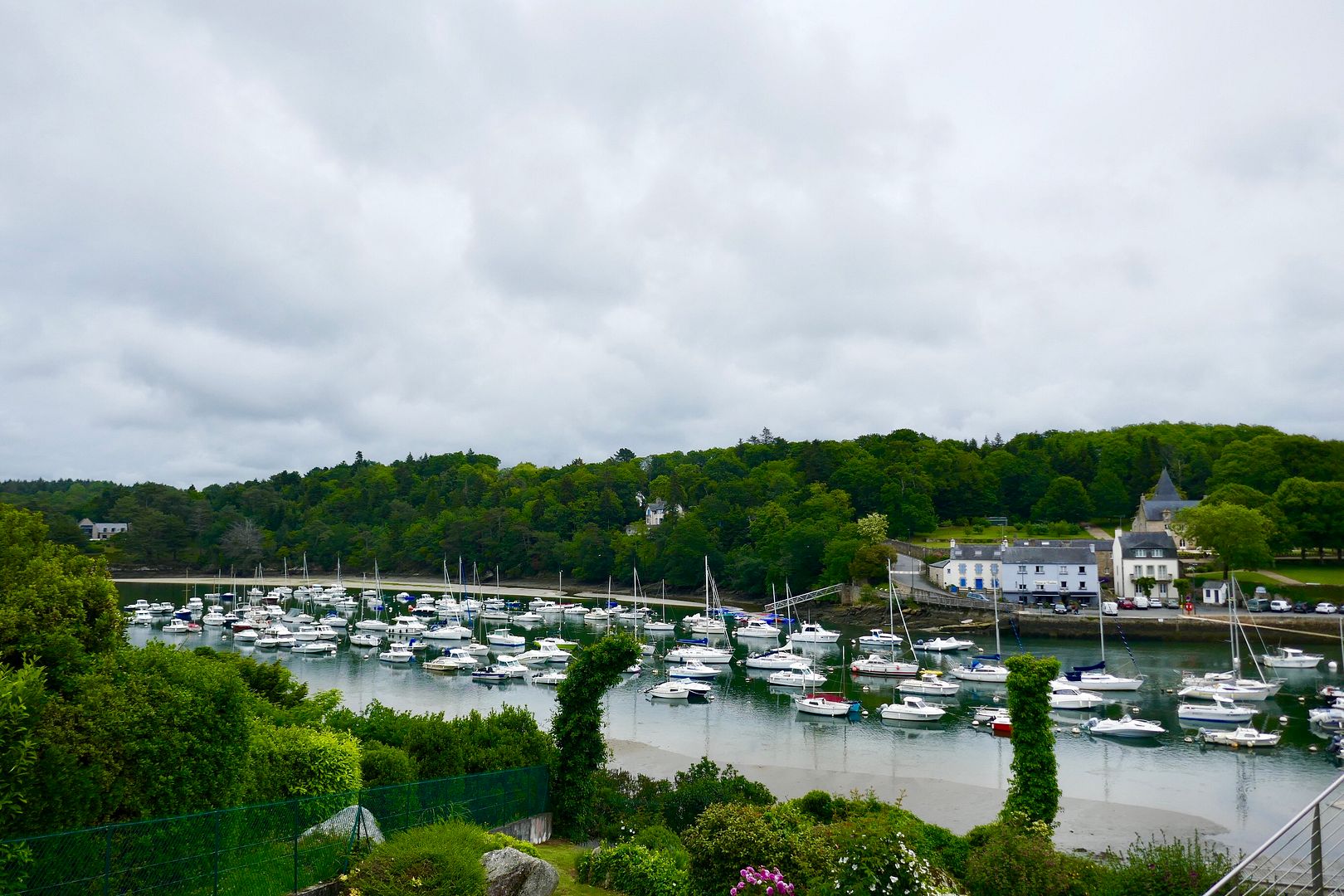
One of the prettiest towns is Vannes:

Where this was the look from out of our room at the hotel:
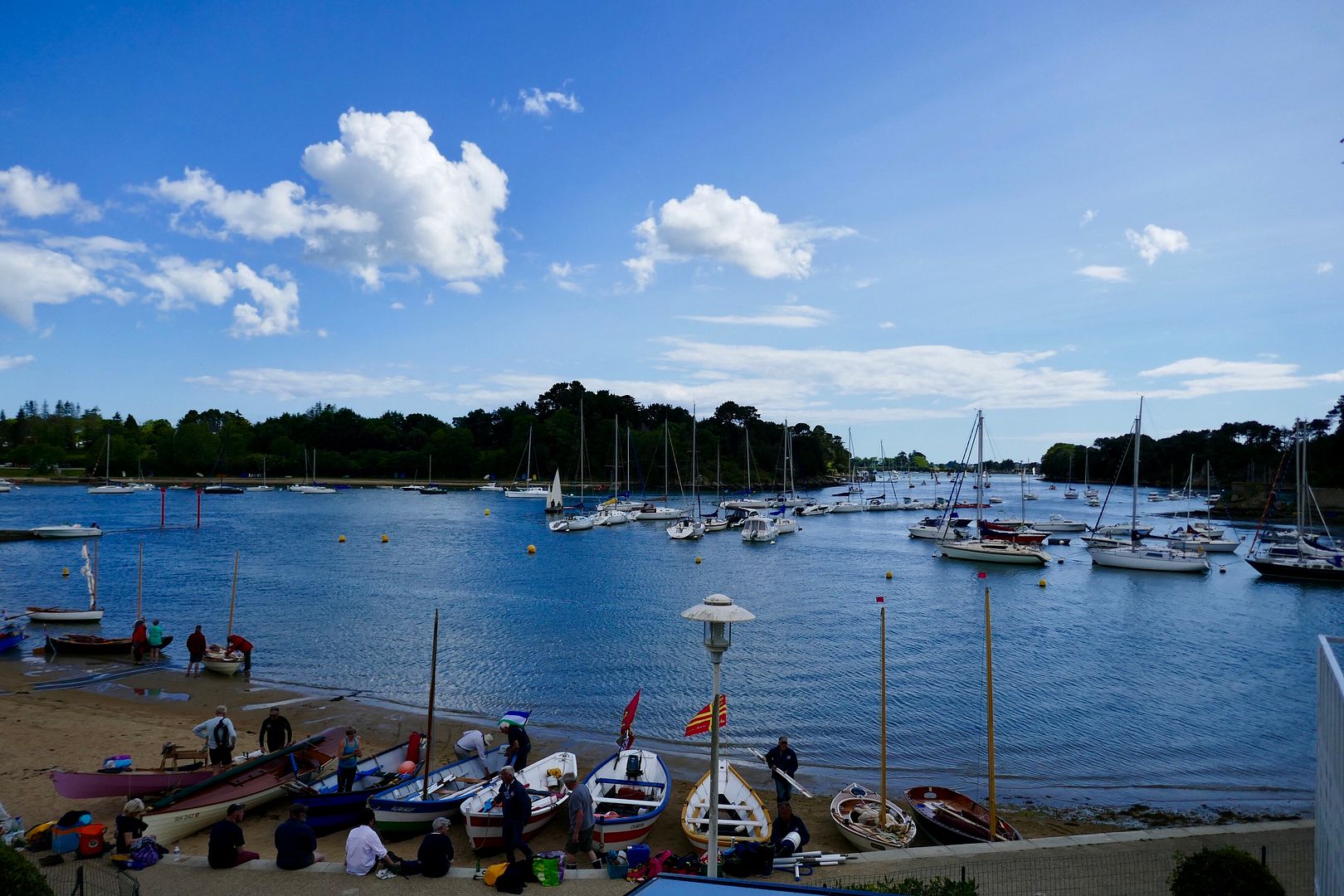
Which was a bit outside of Vannes. The central harbor of Vannes looks like this:

Vannes is famous for its timber buildings and for the first time made me understand a little why my home region of Franconia doubles as France in recent historical movies. Check it out, complete with symbolic figures:

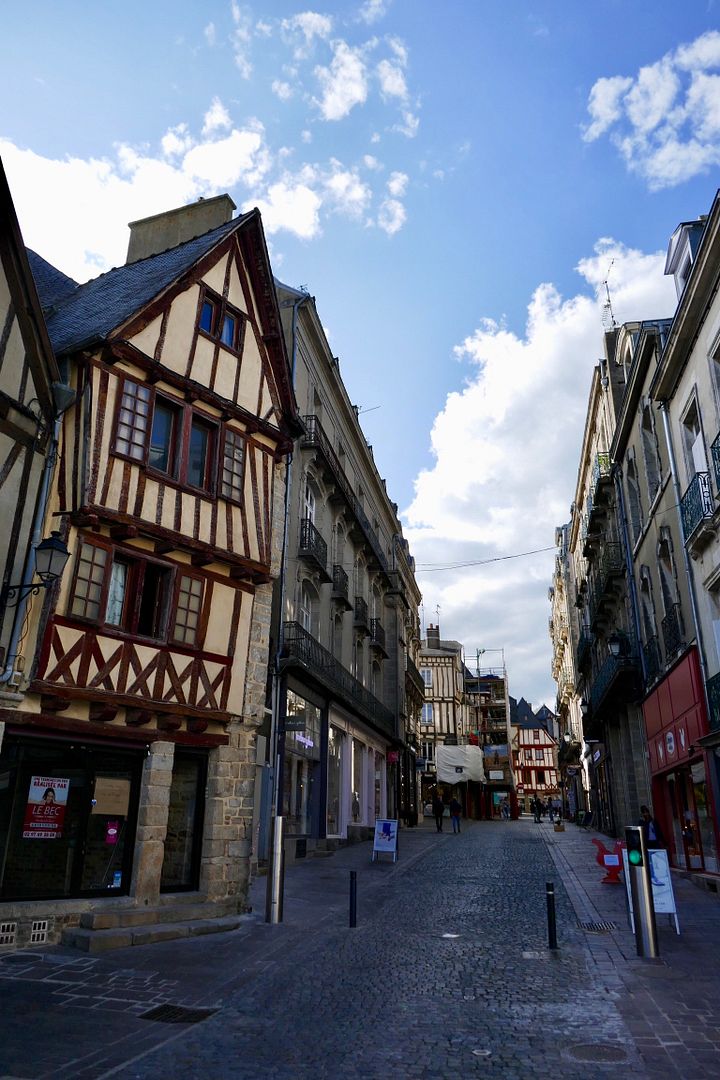
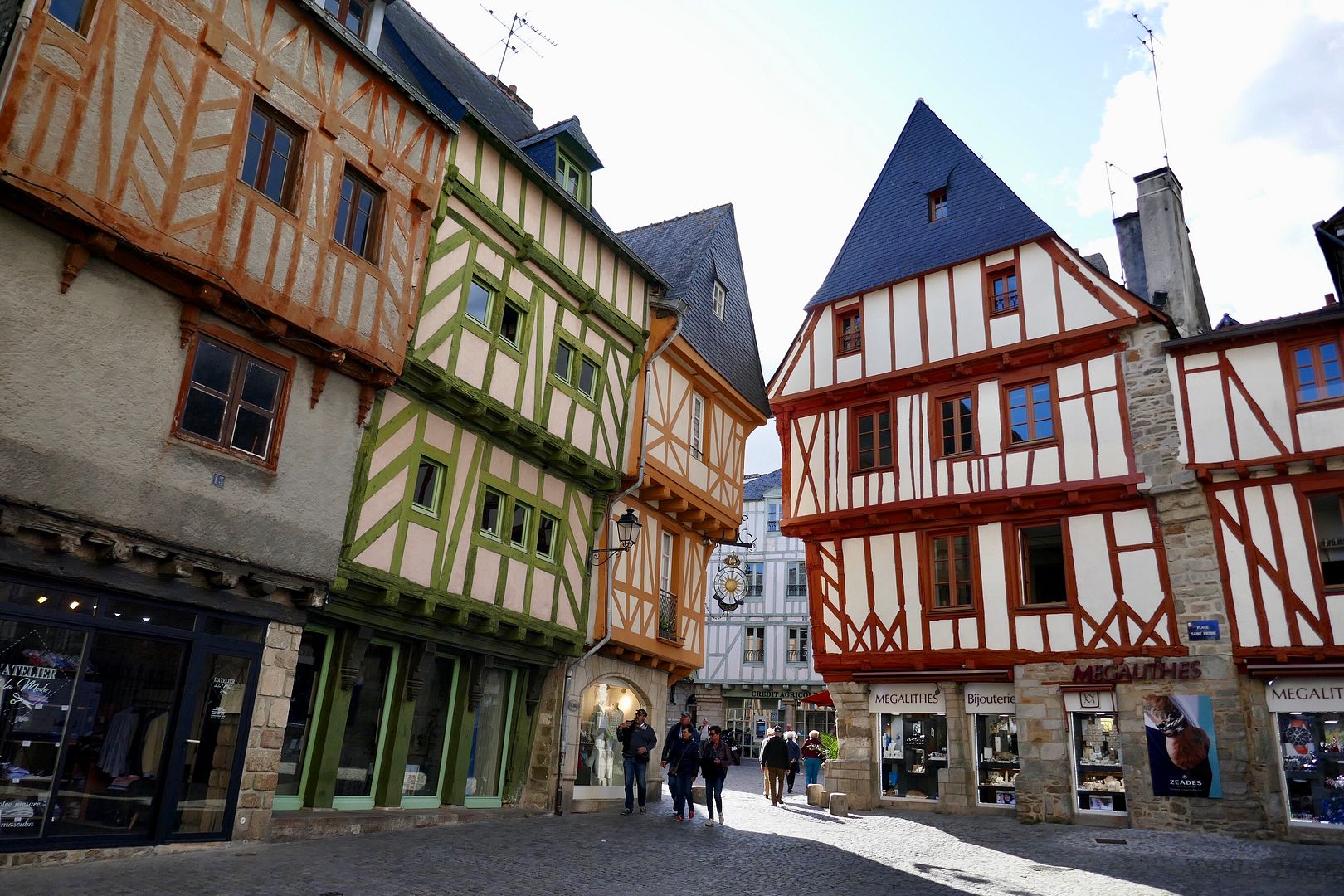
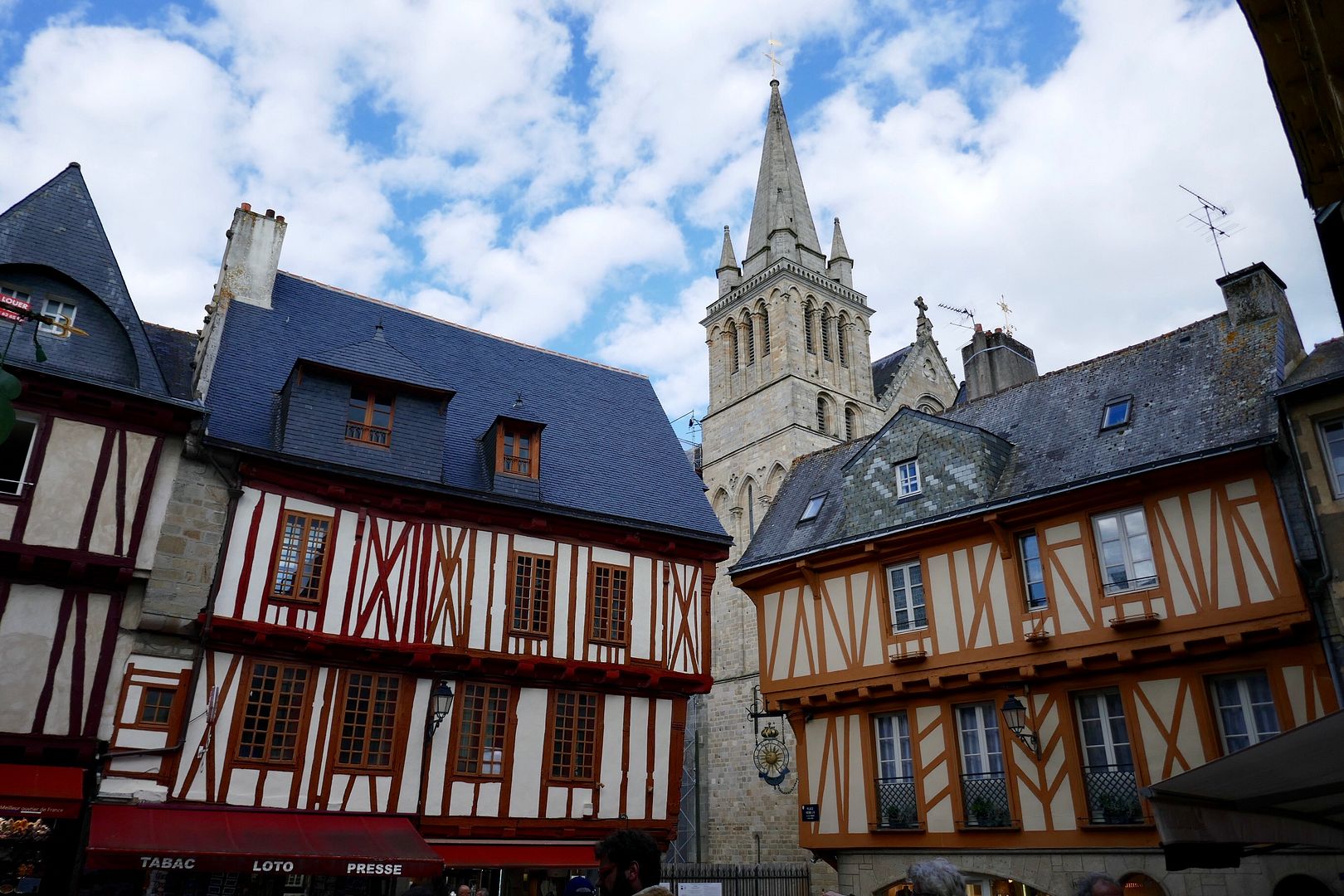
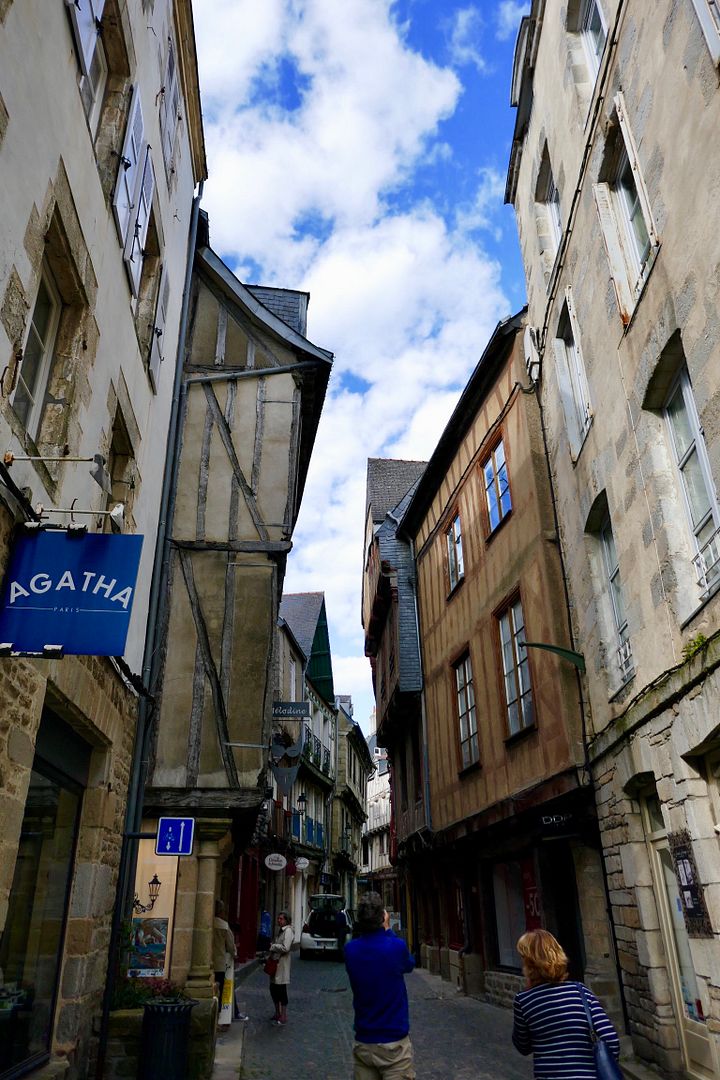
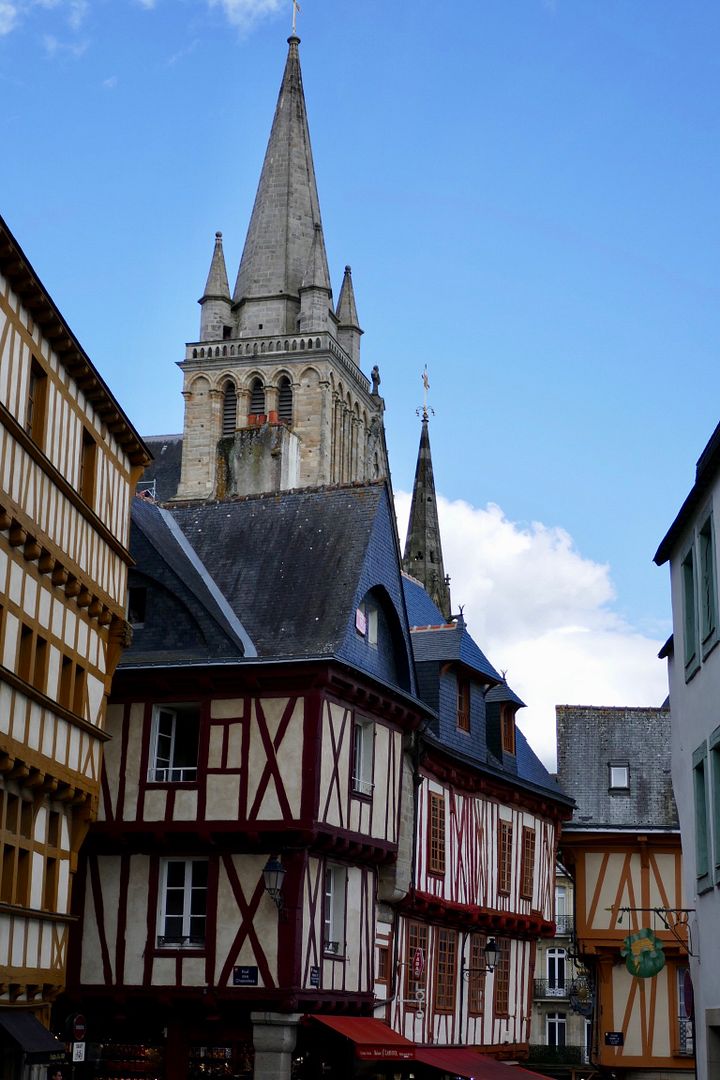
And in conclusion, one more look from outside the city walls:
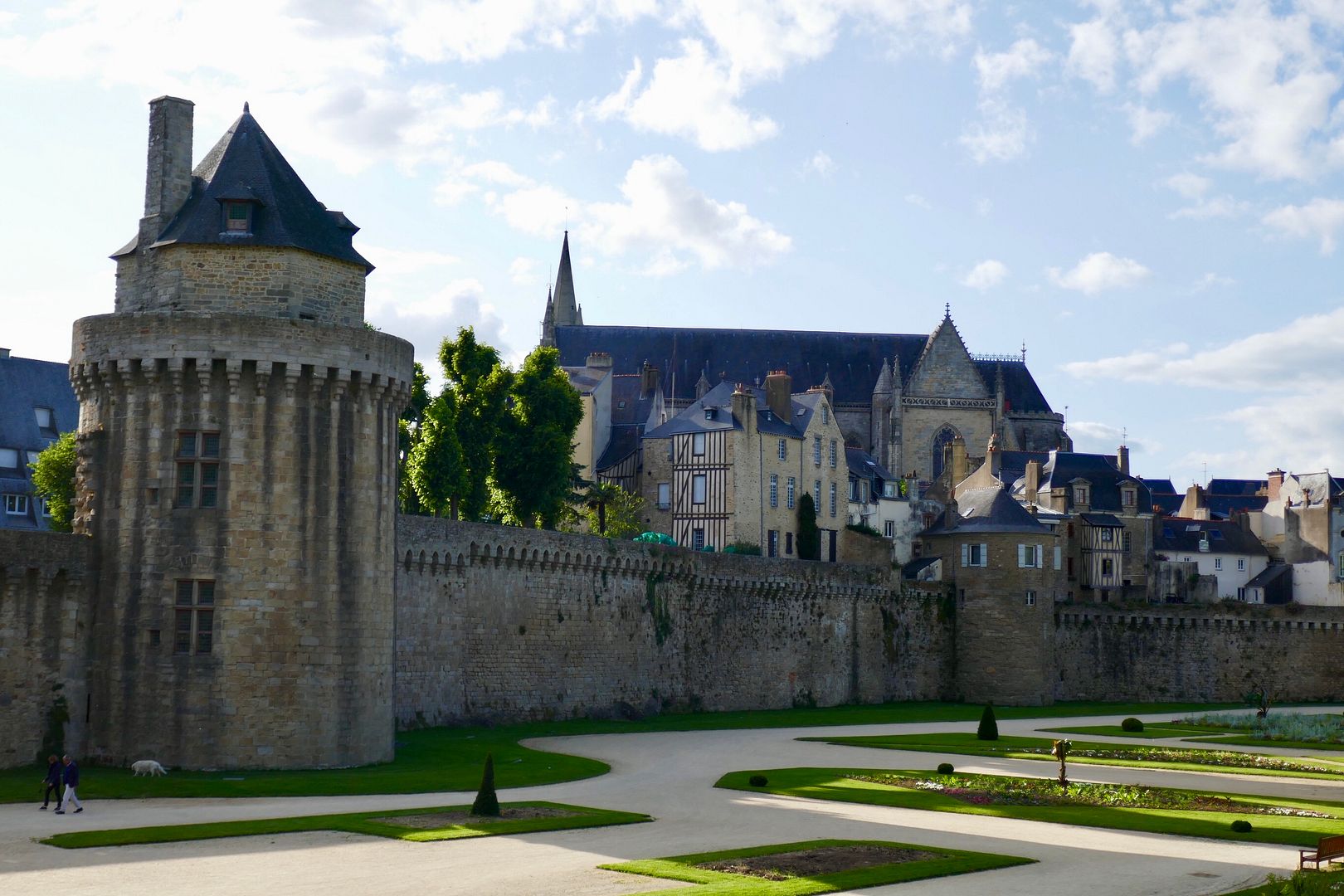
On to the next post!

Brittany, to state the obvious, is quite different from Anjou and the Loire valley, but just as beautiful. We caught some cloudy days before the sun returned with a vengeance, so let me start with those. Naturally, we visited Carnac, aka where 5000 years old monoliths went to dance for eternity. I had seen pictures, but in no way was I prepared for the sheer size of the place.


Those were photos from Le Menec. Even the smaller sites, like Kercado, look like this:

Back to Le Menec.

It consists of 1050 stones ordered around a length of 950 metres.



Those sheep come in handy to give you an idea just how huge the stones are, as with this lot in Kermario:





And this is the site of Kerlescan:

Then there are the cairns, dolmen and tumuli. This is the Cairn of Kercado:

The Tumulus of St. Michel, so named because of the chapel built on it. It used to be open to the public, but no more.

Whereas the tumulus and cairn of Locmariaquer are open to the public, together with the remains of the Grand Menhir, a menhir which was originally 18,5 metres when set up, in total more than 20 metres. It was erected around 4500 BC along with 18 additional Menhirs, but that row of Menhirs was destroyed around 4300 BC. No one knows whether this happened due to natural causes, or was done articially. You have to consider that menhir weighs 280 tons. The material from the additional menhirs, btw, was used for the dolmen „Table des Marchand“, as you‘ll see in a moment. First, the complete site:

The Dolmen from the outside:



The gigantic Menhir:


And for a size comparison:

Now, out of the millennia old remains and onto new age stuff, i.e. stuff from a measly few centuries ago and the current day. Every now and then, you see salt marshes and salt fields still in Britanny, like this one:

And you see so many small harbors in every bay, and every one of those harbors is filled with boats. The APs and I concluded every Breton must have a boat of their own. There aren‘t nearly enough tourists in the world to exlain this.

One of the prettiest towns is Vannes:

Where this was the look from out of our room at the hotel:

Which was a bit outside of Vannes. The central harbor of Vannes looks like this:

Vannes is famous for its timber buildings and for the first time made me understand a little why my home region of Franconia doubles as France in recent historical movies. Check it out, complete with symbolic figures:






And in conclusion, one more look from outside the city walls:

On to the next post!

no subject
Date: 2019-05-31 09:46 pm (UTC)no subject
Date: 2019-06-01 02:25 am (UTC)no subject
Date: 2019-06-01 05:34 am (UTC)no subject
Date: 2019-06-01 05:34 am (UTC)no subject
Date: 2019-06-01 02:35 am (UTC)I wish I could go and see Europe some more. It’s such an interesting place.
no subject
Date: 2019-06-01 05:36 am (UTC)